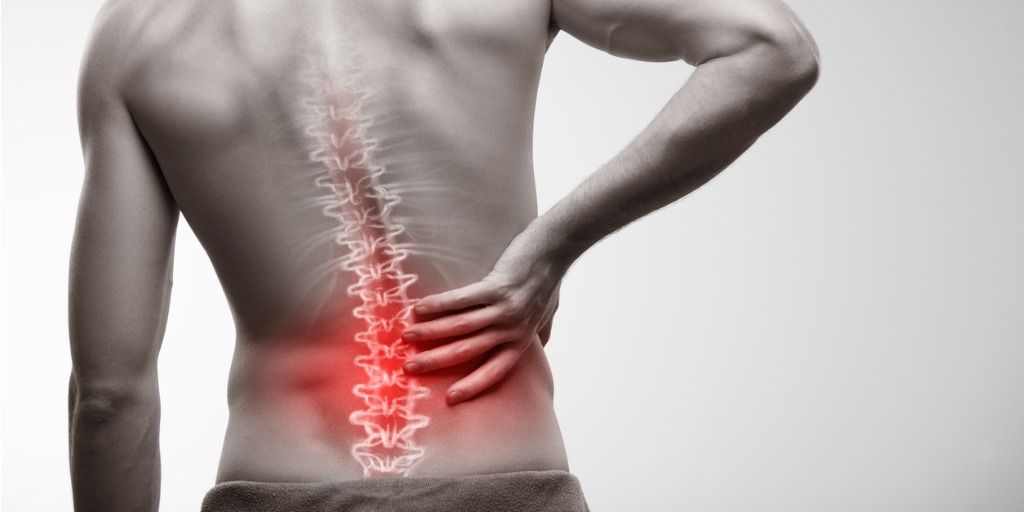Improving Our Flexibility and Functional Range of Motion
In today’s fast-moving society, people are finding it harder to keep up with the demands of a busy schedule and physical health slowly becomes less of a priority. As we get older, become more stressed and less active, our flexibility begins to suffer and if not addressed has the potential to lead to a host of functional issues and muscular imbalances.
Muscle weakness and poor flexibility are the two major components for joint pain and dysfunction. Enhanced flexibility decreases the chances of injury, relieves pain, and improves overall performance. Regular stretching exercise protocols increase the flexibility of muscle, range of motion and also provide functional benefits.” (Jyoti et al., 2019; Sexton et al., 2006)
According to Sexton et al.; “Loss of functional range of motion can alter the function of the various components of the kinetic chain, thereby increasing injury susceptibility.”
It is important that we maintain our flexibility to ensure there is facilitation of normal functional motion. “If one link of a kinetic chain is hypomobile, the proximal links must alter their function to preserve the overall “normal” function of the integrated kinetic chain. This compensatory alteration of proximal joint function leads to long-term changes in the flexibility associated soft tissues (muscles, tendon, ligament and fascia), as well as changes in neuromuscular activation patterns, as each component of the kinetic chain seeks of the path of least resistance during performance of functional movement patterns.” (Sexton et al.)
Our kinetic chain is the result of numerous interdependent motions within each of our joints. For example, the amount of forward flexion occurring between the first and second lumbar vertebrae is relatively minor but the sum of all the movements from the joints involved between different spinal segments produce larger overall movements of the spine.
Discrepancies with functional range of motion may result in overcompensation within different areas of the body and if left unaddressed over a long period of time, may produce a larger affect on the whole kinetic chain.
How can we improve our flexibility?
There are a few ways we can improve our flexibility. Two of the most common methods that you may have heard of are static stretching and dynamic stretching.
Static stretching means to hold and maintain a posture, whether that is sitting or standing while flexing or extending the involved body segment.
Dynamic stretching can be explained by using whole-body movements to take the body segments through their normal range. For example, performing leg swings forwards and backwards or swinging the leg side to side to warm-up the muscles prior to exercise.
According to a study by Muh et al.; their aim was to determine static and dynamic stretching towards changes in limb muscle strength and flexibility among volleyball players.
In the study sample of 20 volleyball players, the results showed significant differences between static and dynamic stretching towards changes in muscle strength of the limbs. Muh et al. found that static stretching is proven to increase limb muscle flexibility but demonstrated decreased muscle strength, while dynamic stretching demonstrated a lower increase of limb muscle flexibility but displayed an increase in limb muscle strength. They concluded static stretching was more influential in improving limb muscle flexibility.
Until more recently, static stretching had become a basic part of warming up but dynamic stretching has proven benefits in better priming the body for exercise due to requiring the whole body to move, increasing body temperature, proprioception, motor stimulation and whole body range of motion.
In conclusion, by improving our flexibility we can minimize the risk of muscle, tendon and joint injury, while also improving muscular performance capability.
If you would like more information on improving your flexibility and functional range of motion, please contact Absolute Balance by mail at info@absolutebalance.com.au or view or website www.absolutebalance.com.au

Chris Chen (BSc – Exercise Physiology)
Senior Accredited Exercise Physiologist
Muh. Ismail H, Ita R, Erfan S. Comparison between static and dynamic stretching in changes of limb muscle strength and flexibility of volleyball players. Journal of Physics: Conference Series. 2020; 1-6
Jyoti, Shabnam J, Vikram Singh Y. Knee joint muscle flexibility in knee osteoarthritis patients and healthy individuals. International Journal of Health Sciences and Research. 2019; 6: 156-161
Sexton P, Jeffrey C. The importance of flexibility for functional range of motion. International Journal of Athletic Therapy and Training. 2006; 11: 13-17




